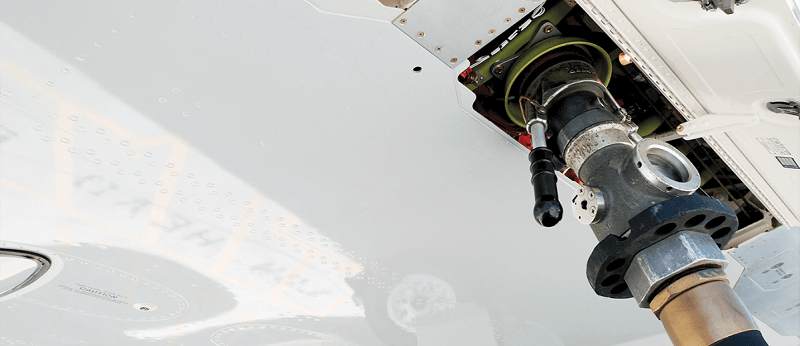- Landmark legislation on sustainable aviation fuel (SAF) in the EU, the U.S. and the UK will increase demand and supply of SAF.
- Blending mandates and production goals are expected to trigger at least 12.8 Mt (4.5 Bgal), of SAF demand and supply by 2030.
- By 2050, Europe and the U.S. could have around 120 Mt (42 Bgal) of SAF capacity installed, providing over 600 billion USD of ESG investment opportunities.
The SkyNRG Sustainable Aviation Fuel Market Outlook covers the current state and trends of the SAF market in the EU, the UK and the U.S. by assessing announcements of SAF projects and modelling out SAF capacity until 2050. The report continues to establish itself as a reference publication and a leading source of market information in the industry. It is available for download at www.skynrg.com.
The report presents the latest policy developments, including a provisional deal reached on ReFuelEU between the European Parliament and Council just recently, the advancements of the UK mandate discussions and the implementation of tax credits in the United States.
Key takeaways from the report include recognising that blending mandates and production goals worldwide have the potential to trigger at least 12.8 Mt (4.5 Bgal) of supply by 2030. By 2050, Europe and the US could have around 120 Mt (42 Bgal) of SAF capacity installed.
For European markets specifically, SkyNRG’s report concludes that announced mandates for 2030 are likely to be met, albeit with some caveats. Reaching 2050 mandates in Europe would require the deployment of over 150 SAF refineries representing an ESG investment opportunity of 250 billion EUR.
To meet aspirational goals in the US, more announcements would be needed. Those are likely to come from facilities using corn ethanol and waste materials like agricultural waste, waste biogas or household waste.
Fats, oils and grease markets are under huge pressure and for announcements in this segment to materialize, feedstock needs to be freed up elsewhere (e.g. renewable diesel, biodiesel) or by producing more vegetable oils domestically.
To reach a domestic SAF production capacity of 27 Bgal (77 Mt) – equal to 2019 jet fuel demand – the US would have to deploy around 250 SAF refineries by 2050, representing a cumulative investment opportunity of 400 billion USD. If jet fuel demand increases more in line with IATA forecasts, pressure on feedstock is likely to increase which could drive up SAF prices.
Philippe Lacamp, Chief Executive Officer of SkyNRG said: “With hundreds of additional SAF factories needed, Europe and the United States alone offer ESG investment opportunities of USD 650 billion by 2050 and even more if we include upstream supply chains and related businesses. This is a very significant market that sustainability-oriented investors will want to play a part in.”
“SAF is increasingly accepted as the most effective measure to significantly reduce aviation emissions.” says Maarten van Dijk, Chief Development Officer of SkyNRG. “With key policies in place or underway, the industry now needs solid partnerships to deliver on the momentum we see today and realise the dramatic increase in production capacity needed to reach net zero.”

Download the Sustainable Aviation Fuel Market Outlook 2023




You must be logged in to post a comment.